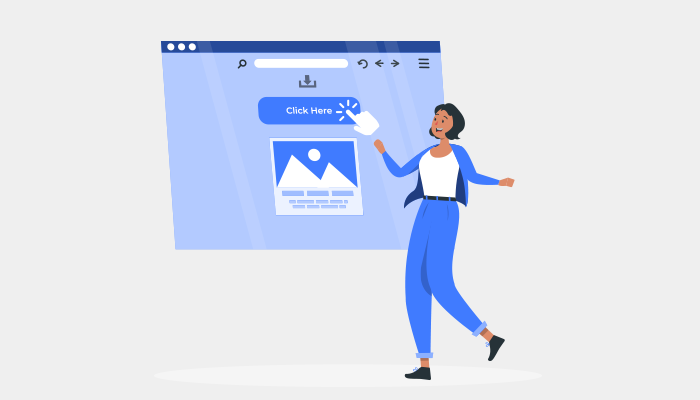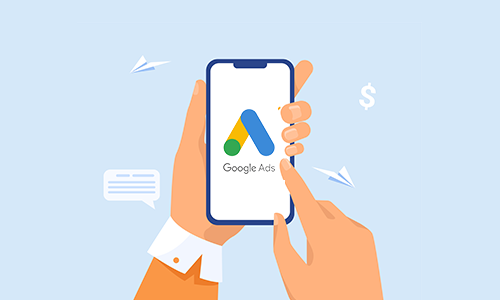One of the best blog SEO practices is creating infographics to accompany your new blog posts that helps your content stand out. If you are ignoring infographics, you are missing out on lots of traffic.
While often treated simply as a supplement to blog posts, an infographic can actually ramp up your blogging SEO strategy if used properly. You just need to optimize it for search, and in this post, we’ll spread on how you can turn your infographics SEO-friendly step by step.
How Can Infographics Impact Your SEO
Infographics are helpful for link building and earning organic inbound links. People are eager to share a visually appealing infographic that is full of valuable statistics and information. You can easily add an embed code to your website making it easy for people to copy and paste your infographic into their own blog posts or landing pages while linking back to its source.
Infographics also increase the chance of ranking well in the image search, which is both an SERP feature and a separate google search channel.
So, Infographics are a popular visual medium that can help increase overall value and shareability of your content or article.
How To Optimize Your SEO Infographic For Search
Just like with a blog post, you will have to spend some time optimizing your infographic for search once you have pinpointed a post that you think could benefit from an infographic.
- Keyword Research
When you keep the SEO in mind, you have to pick the right keywords. Infographics are not an exception, as you need to optimize them for a particular keyword.
Prepare a list of keywords to choose from to supplement them with the infographic. If, on the other hand, you came up with an idea to create an infographic in the first place, you’ll have to first conduct keyword research.
After picking the most important and promising keyword, use it as a guidance to create infographics. Make sure that it is perfectly in line with the user intent behind the keyword. The infographic should be in a way that it offers a brief visual solution of the user’s or visitor’s problem described by the keywords.
- Name Your File Accordingly
Your file name should not be something like “infographic_file_png”. Make sure to select the keywords that best describe your infographic in the file name. Google can’t read the actual content of your infographic, but it can read your infographic’s file name, so something like “increase-blog-traffic-infographic.jpg” is going to be the way to go.
- Add Your Alt Text
A good way to let search engines know the kind of information that your infographic is offering is by adding an alt tag. If an image fails to load, users will see the alternative text you suggested in the alt tags. This will also ensure your content accessibility to all users including people using screen readers when browsing the Internet.
- Optimize Your Header Tags
Make sure to include the word “infographic” in your title, normally marked as <h1> header tag in HTML code to further stress that your blog contains a large infographic that people may want to check out. This way, Google will also spot the keywords when scanning the page.
- Pay Attention To Your Article URL
An article URL should contain your focus keyword, and if an infographic is also the focus of your blog post, you must include the word “infographic” in it.
It is imperative that you pay attention to the URL length. The best practice is to keep your URL slug 3 to 5 words long, so if you have a lengthy keyword that you use in your URL (e.g. how to create a Microsoft meeting), you don’t want to fit an extra word into it.














